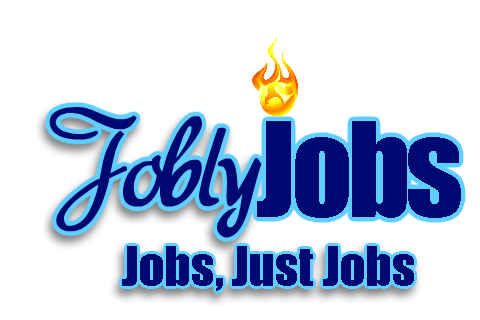Why Cities Will Outlast the Pandemic Slump
An analysis from the Bass Center for Transformative Placemaking presents evidence in favor of the argument that, despite pre-pandemic growth in suburban job centers and the pandemic-induced clearing out of central business districts, “cities’ value proposition is still very much intact.”
Tracy Hadden Loh and Jennifer S. Vey outline the results of the report for Bloomberg CityLab, writing that “these findings can inform city leaders on how workplace needs might continue to evolve — and how they can deploy policy and funding to shape a more resilient economic future.”
Presenting their evidence, Loh and Vey note that “In our model, every increase in median activity center job density of 1,000 jobs per square mile is worth an additional $1,723 in output per worker across the metro area.”
While correlation is not causation, this suggestive relationship between place and productivity is important for employers and workers to consider as they make decisions about where to locate — and for urban leaders to recognize as they work to sway those choices in their favor.
According to Loh and Vey, “There is substantial measurable value to employers and the economy when firms locate their workers in close proximity not just to their colleagues, but to workers from other firms and sectors.”
The authors describe steps cities can take to keep downtowns vibrant, such as ensuring frequent and reliable transit services to reduce the cost and time spent commuting, concentrating housing near job centers, and investing in inviting, safe, accessible public spaces that make people want to spend time in cities.



